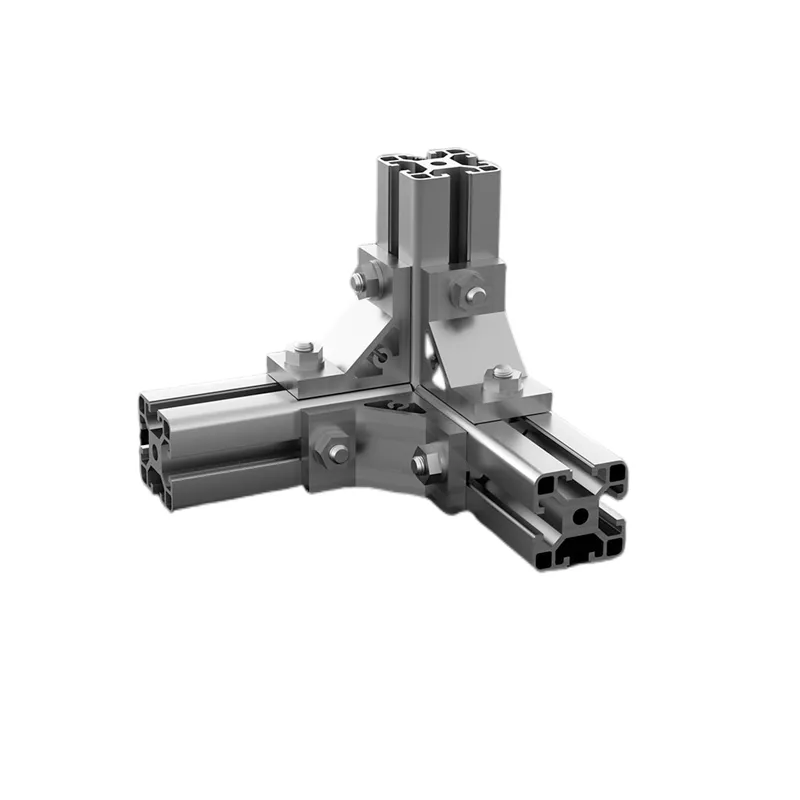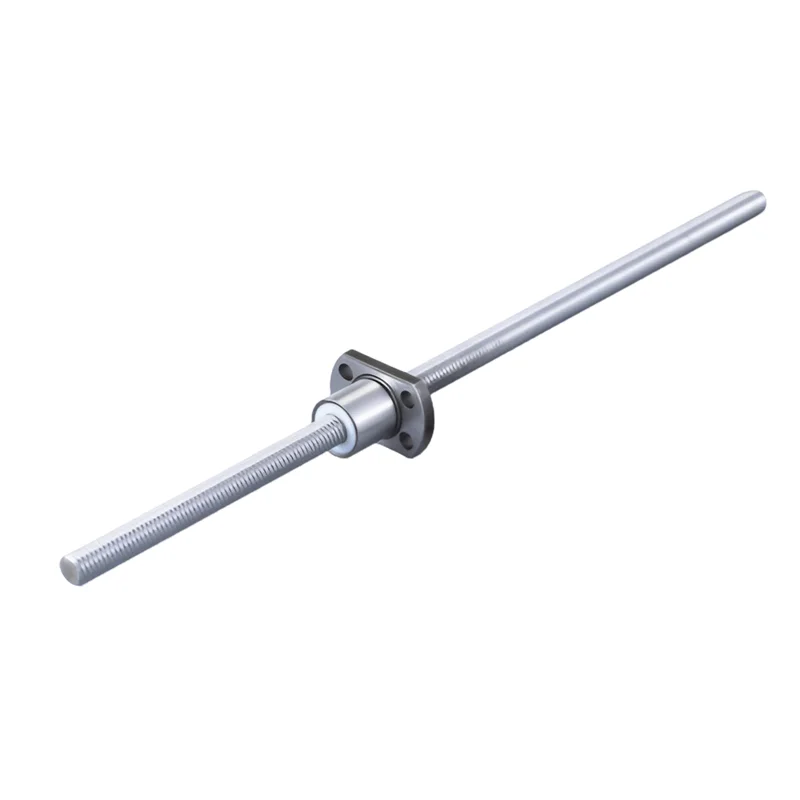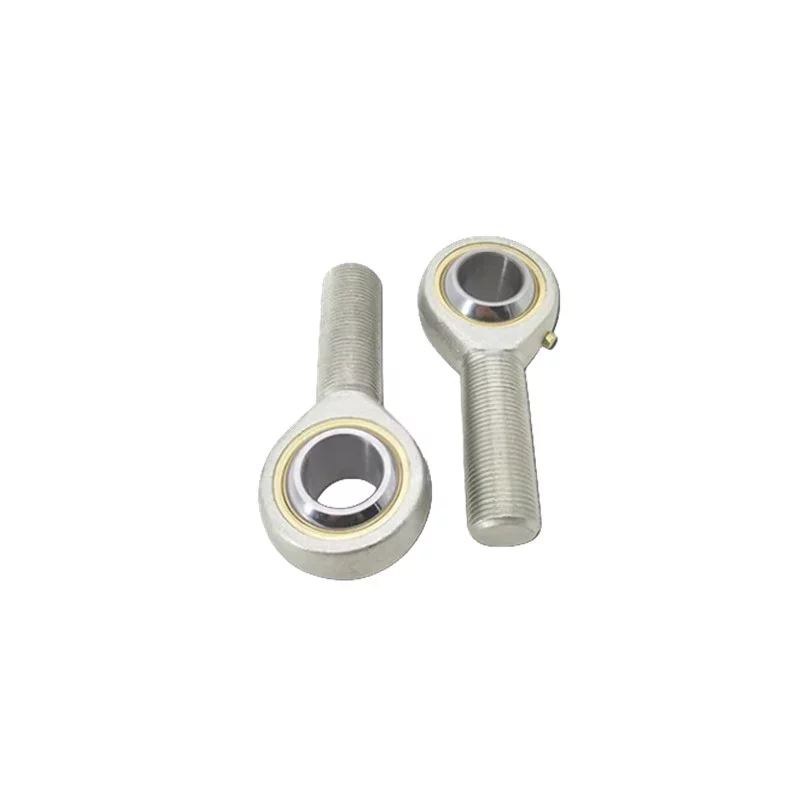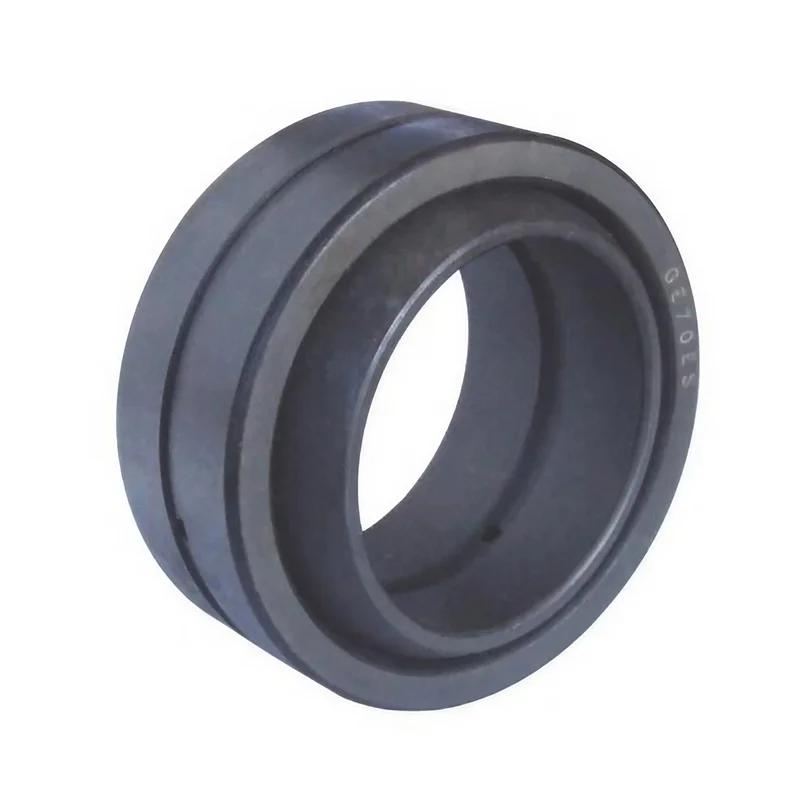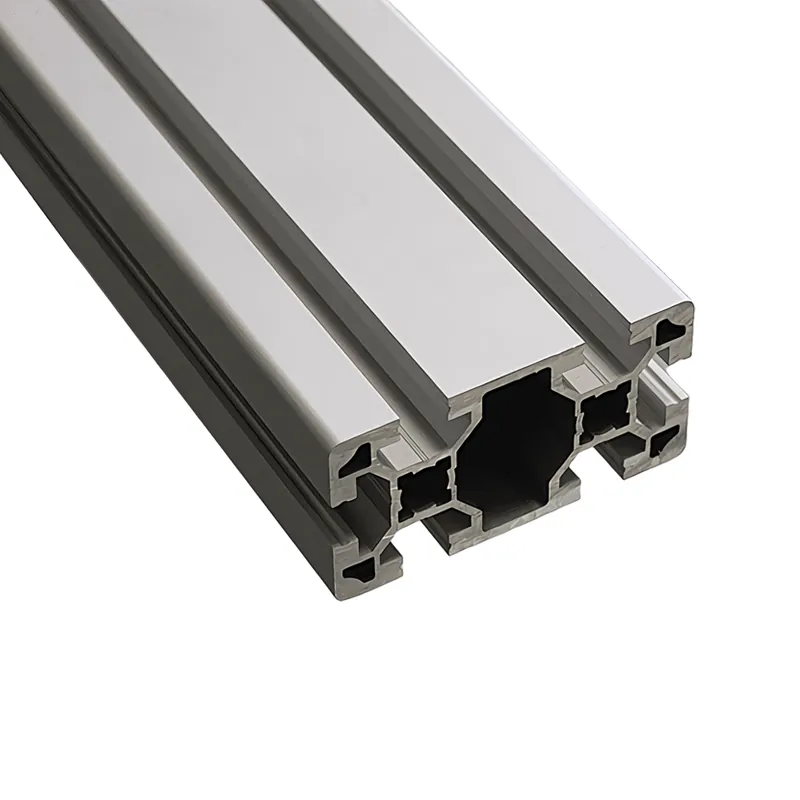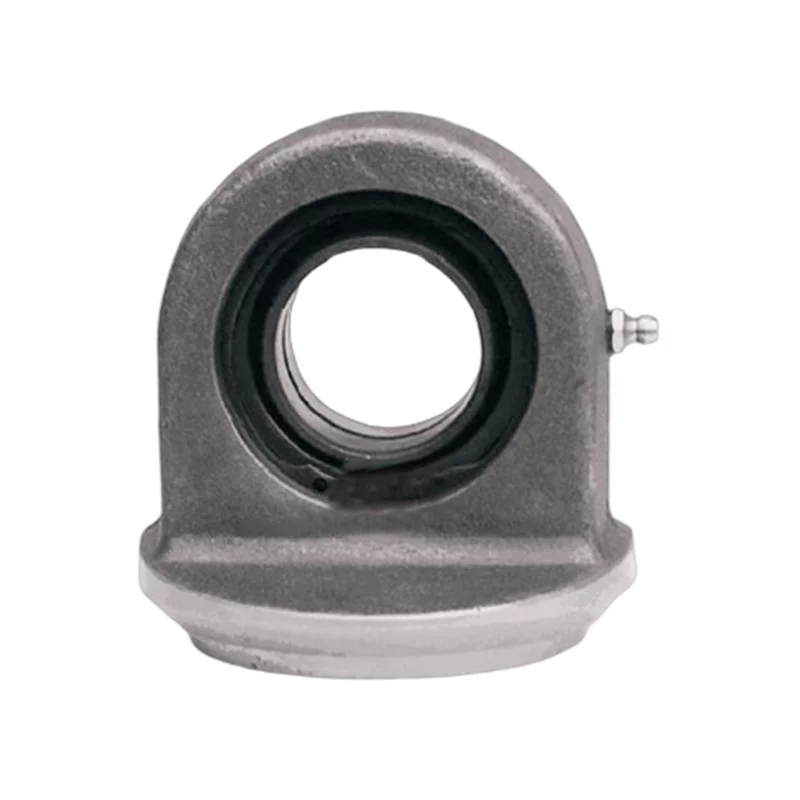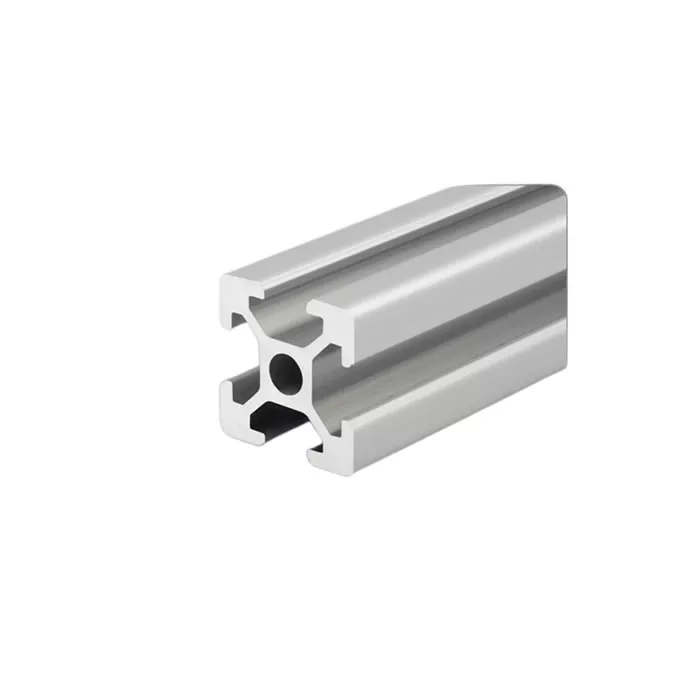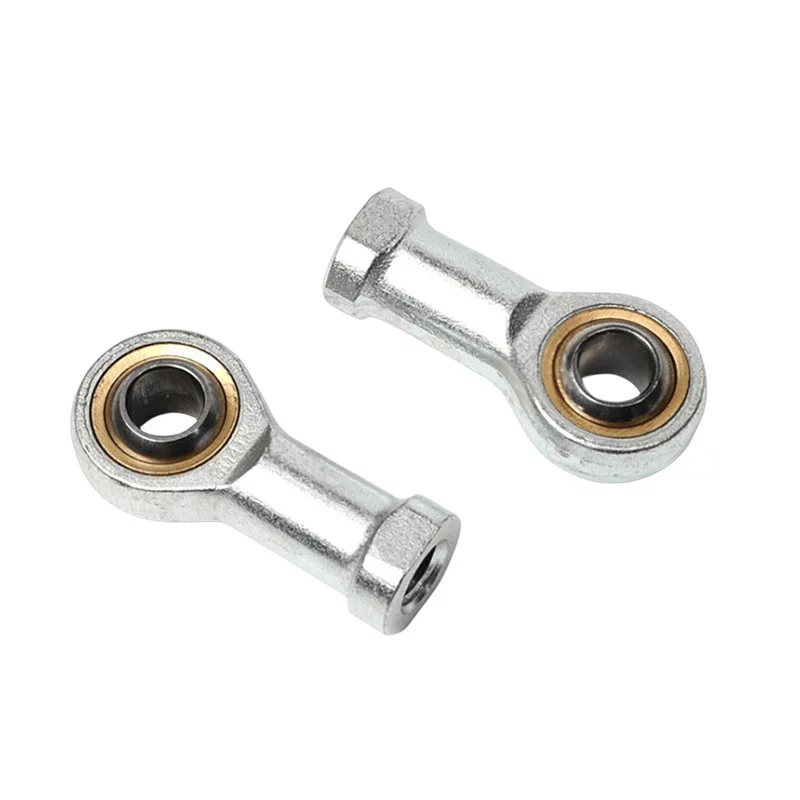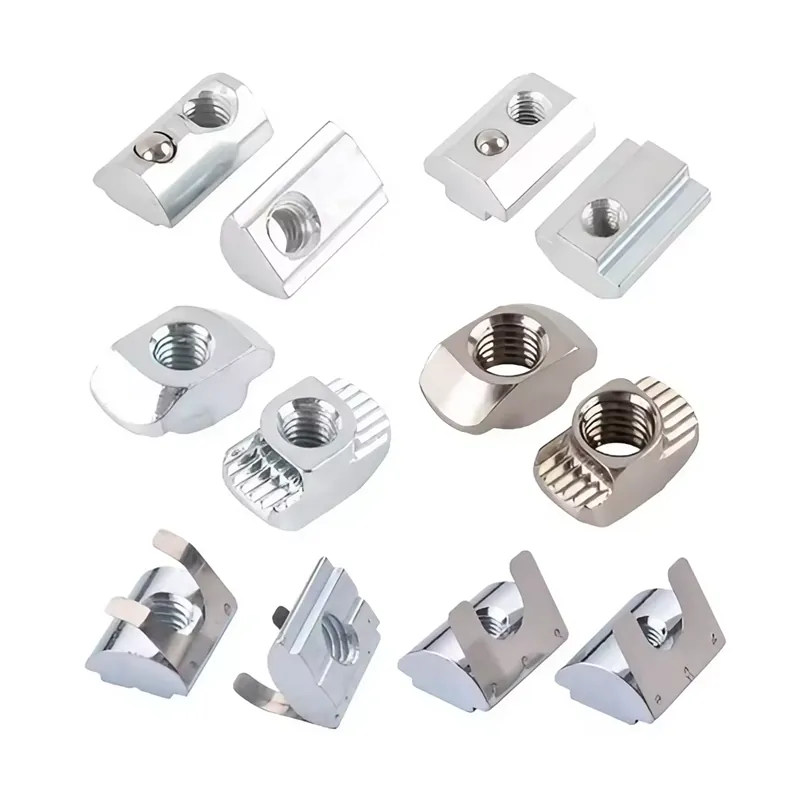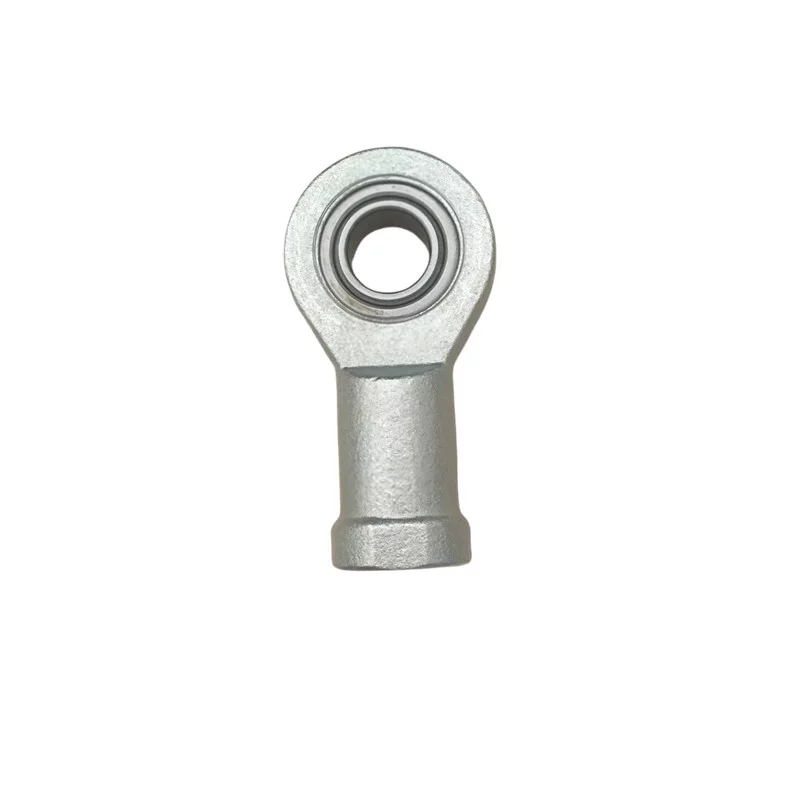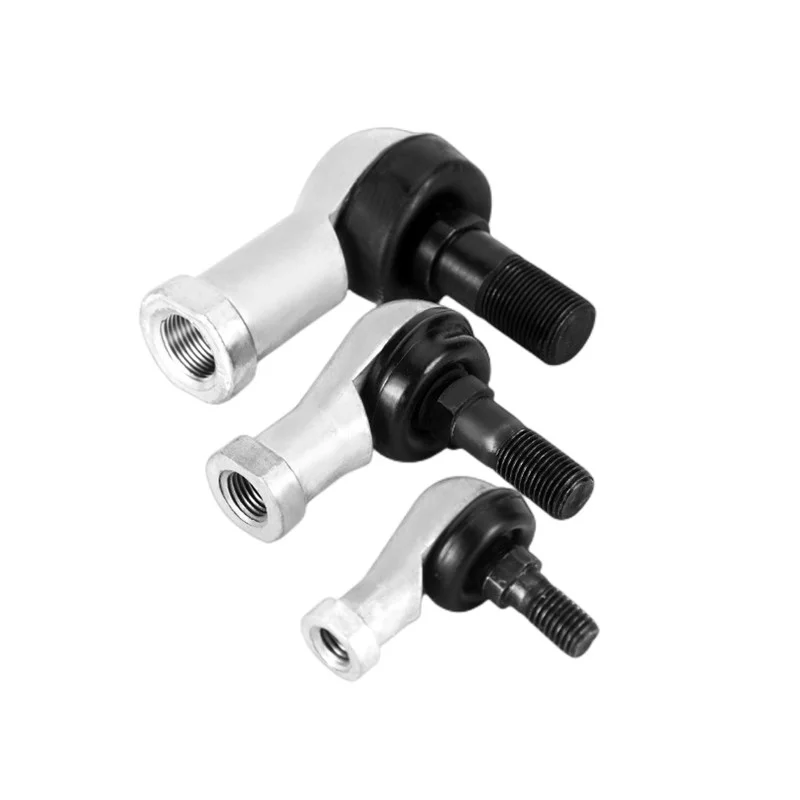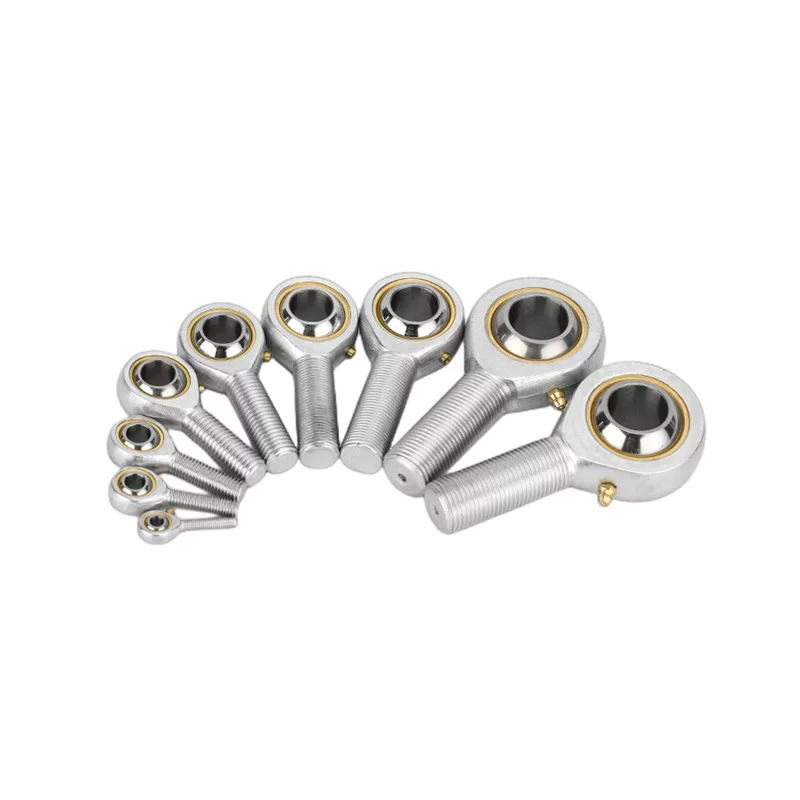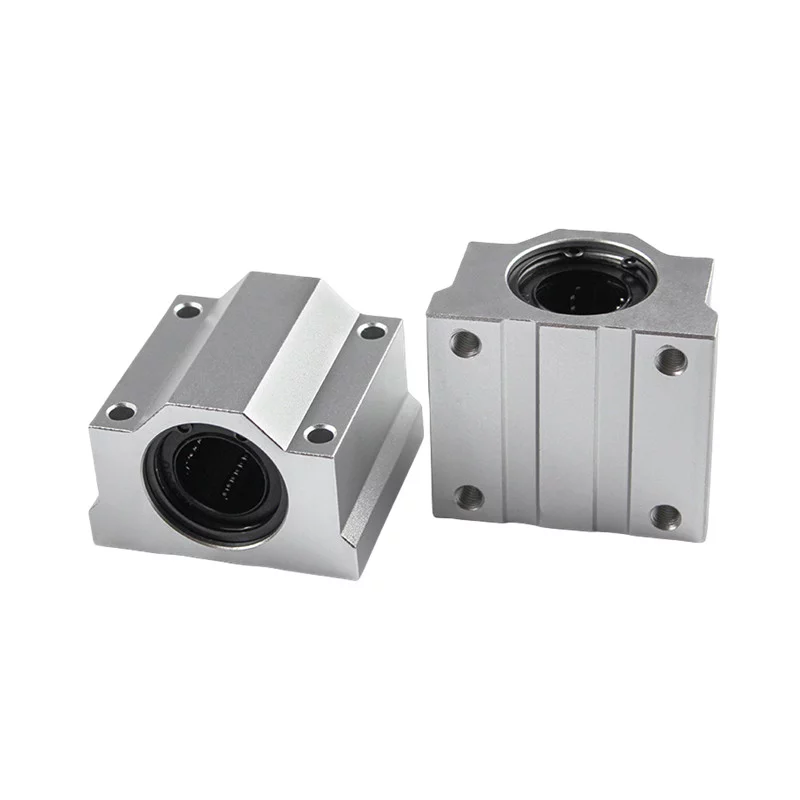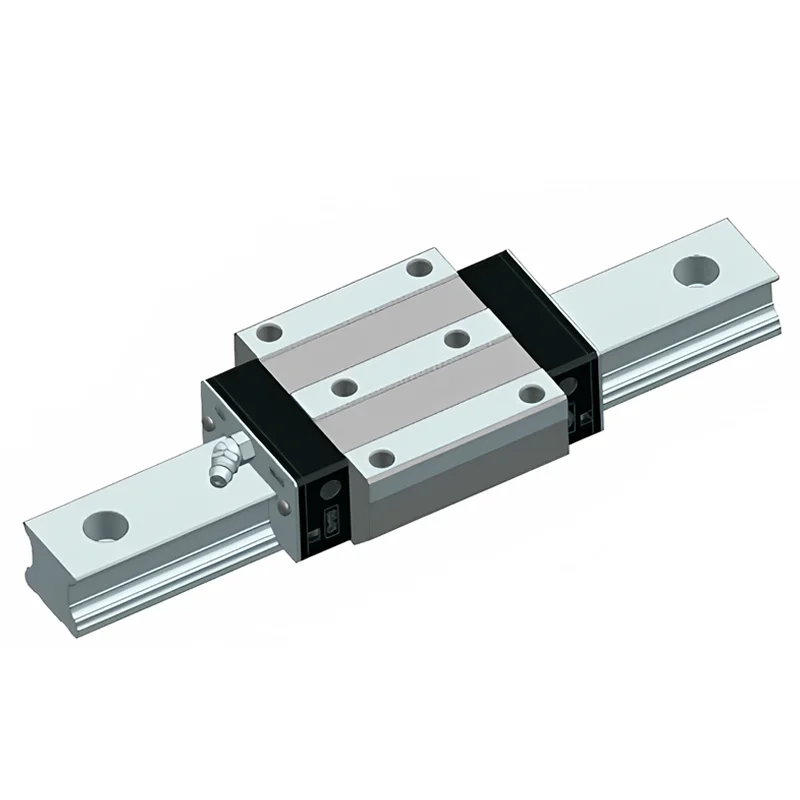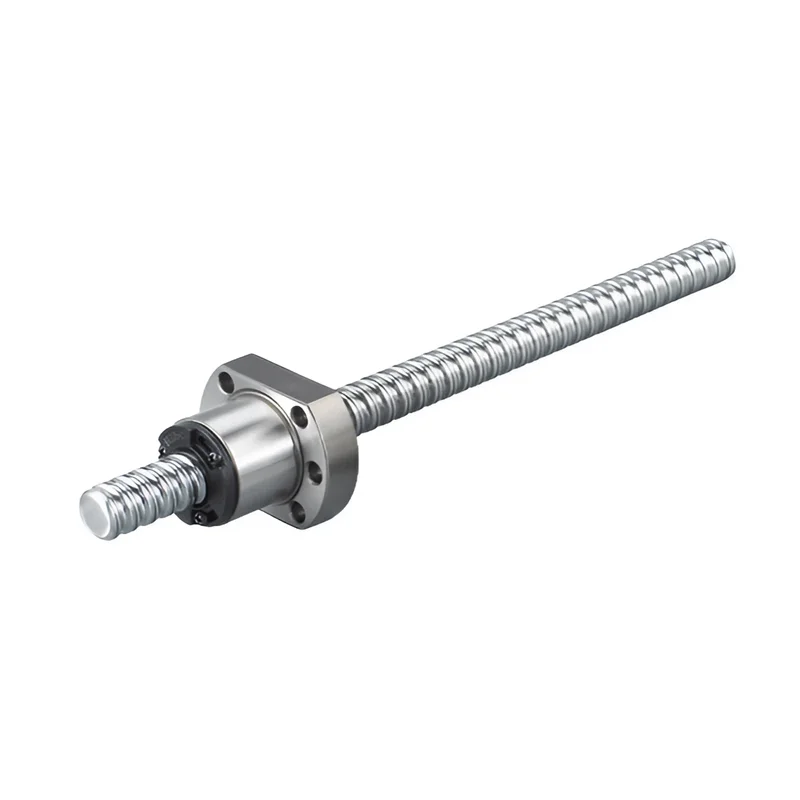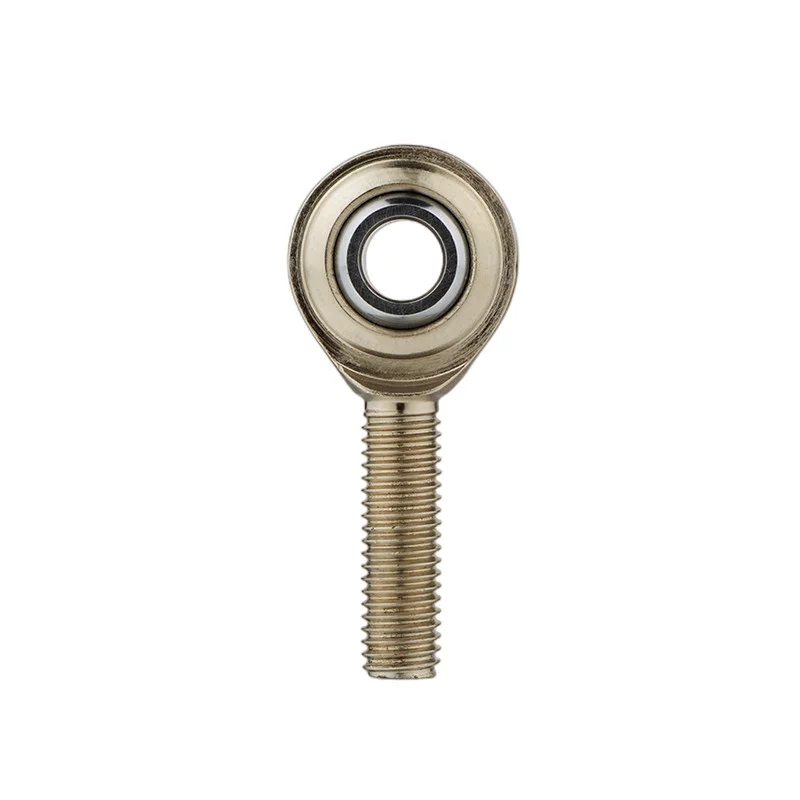Understanding the Advantages of Sliding T-Nuts for Industrial Applications
Introduction to Sliding T-Nuts
Sliding T-Nuts are a vital component in the construction of aluminum frame structures and various industrial equipment.
These nuts offer a secure and reliable connection within T-slots, commonly used in profiles for building industrial machinery, CNC routers, 3D printers, and robotics projects.
In this article, we will explore the key features and advantages of Sliding T-Nuts, along with their specific applications in the industrial sector.
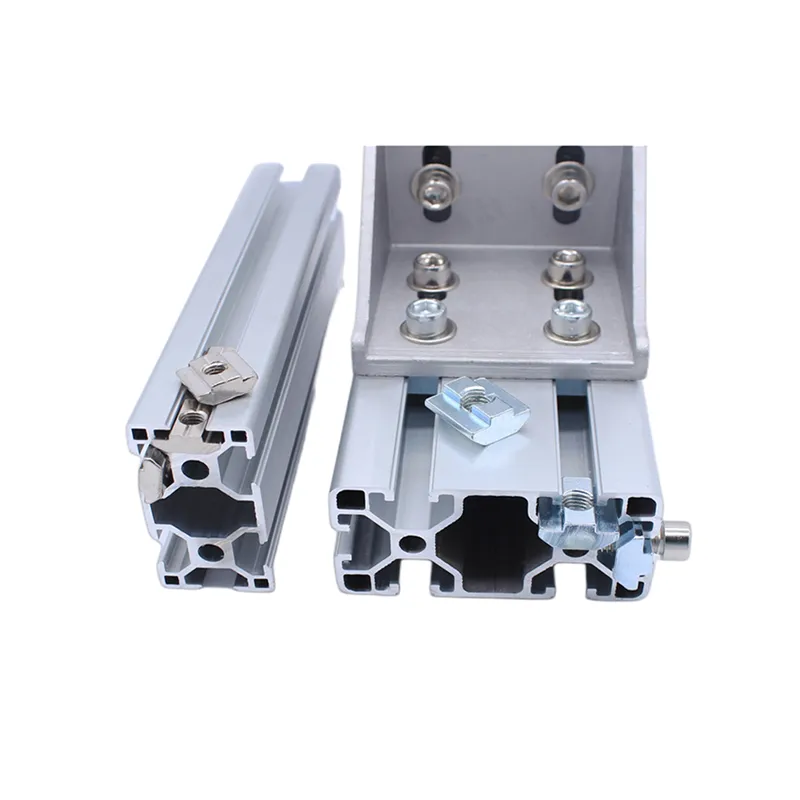
Material and Build Quality
The primary material used for manufacturing Sliding T-Nuts is high-quality carbon steel.
This choice of material ensures that the nuts possess exceptional strength, durability, and resistance to wear.
The carbon steel construction also provides excellent moisture resistance, oxidation resistance, and corrosion resistance.
Moreover, the nuts are lead-free and possess high hardness—up to twice as hard as copper—making them ideal for high-stress industrial applications.
These robust characteristics ensure that Sliding T-Nuts are suitable for various demanding environments.
Types of Sliding T-Nuts
There are different types of T-Nuts available in the market, including T-head, sliding, and weld nuts.
Among them, the Sliding T-Nuts are particularly notable for their ease of use and reliability.
These nuts are designed to slide smoothly into the T-slot of aluminum profiles from the end.
This feature ensures that they provide the most efficient connection strength, ensuring a stable and durable assembly.
Their design allows for easy insertion into the T-slot, making the assembly process more efficient and reducing installation time.
Roll-In Nut Versatility
A specific version of T-Nuts, known as Roll-In T-Nuts, provides additional benefits in certain applications.
These nuts are similar to Drop-in T-Nuts but are designed to be inserted from the top of the T-slot.
Their rounded shape allows the nuts to be “rolled” into the slot without the need for side insertion, making installation faster and easier.
In many cases, Roll-In T-Nuts are used in vertical T-slots, where their leaf-spring and ball-spring versions help to prevent slippage caused by gravity.
This added functionality ensures a secure connection in vertical profiles, improving overall stability.
Applications of Sliding T-Nuts
Sliding T-Nuts are widely used in various industrial and engineering sectors.
Their ability to fit into the T-slots of aluminum extrusion profiles makes them ideal for applications such as constructing industrial aluminum frame structures, 3D printers, CNC routers, CNC laser cutters, and robotics projects.
These nuts are particularly favored in the design and assembly of aluminum framing for 3D printers, CNC equipment, and other machinery that requires quick, reliable assembly without compromising structural integrity.
Additionally, Sliding T-Nuts can be used in profiles such as the 30 and 40 series, offering flexibility in terms of positioning and ease of installation.
The nuts can be held in place by a spring-loaded ball mechanism, ensuring a secure fit that prevents twisting or loosening over time.
Conclusion
Sliding T-Nuts offer a versatile, reliable, and efficient solution for connecting and assembling aluminum extrusion profiles in industrial applications.
Their strength, corrosion resistance, and ease of installation make them an ideal choice for a variety of industries,
including manufacturing, robotics, and CNC technology. Whether you are building industrial frame structures or designing advanced machinery,
Sliding T-Nuts provide the necessary durability and performance required for long-term success.
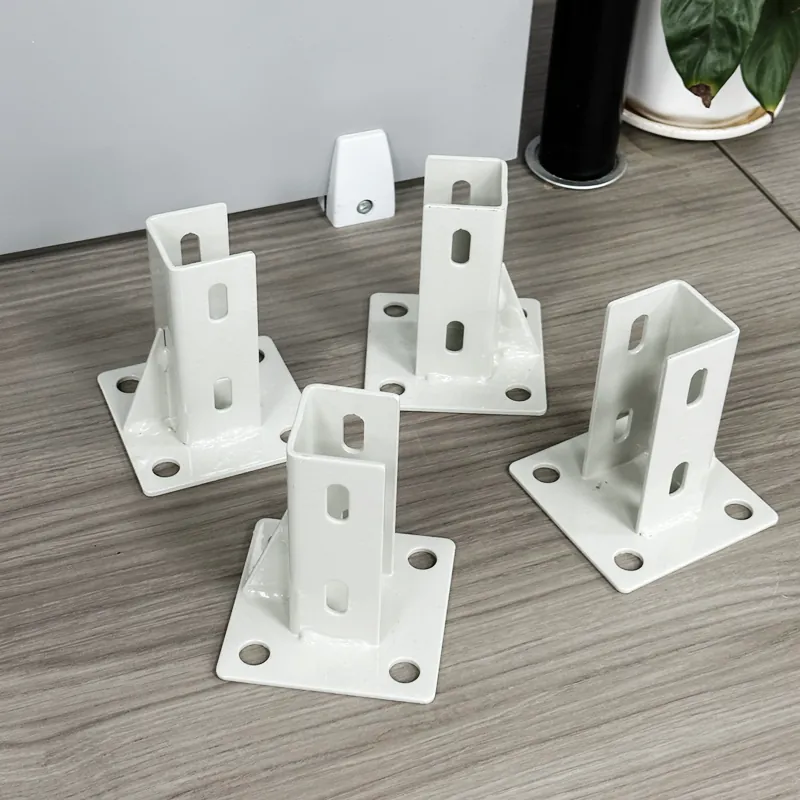 2020/4040 Aluminum Floor Mount Base Plate for Equipment Stability
2020/4040 Aluminum Floor Mount Base Plate for Equipment Stability
 Understanding the Advantages of Sliding T-Nuts for Industrial Applications
Understanding the Advantages of Sliding T-Nuts for Industrial Applications
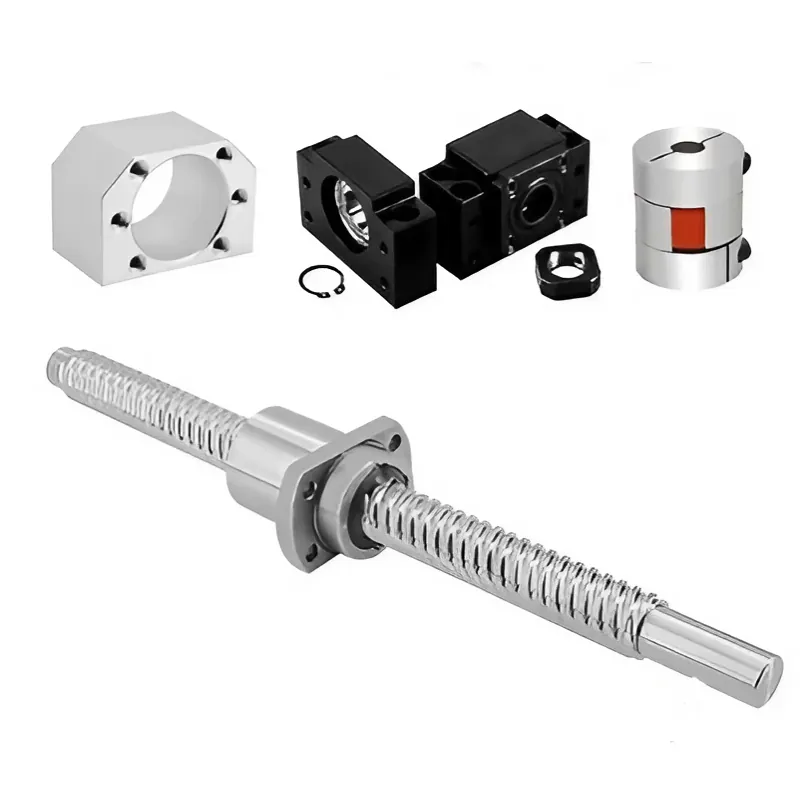 Understanding Ball Screws: Essential Components for Precise Linear Motion in Industrial Automation
Understanding Ball Screws: Essential Components for Precise Linear Motion in Industrial Automation
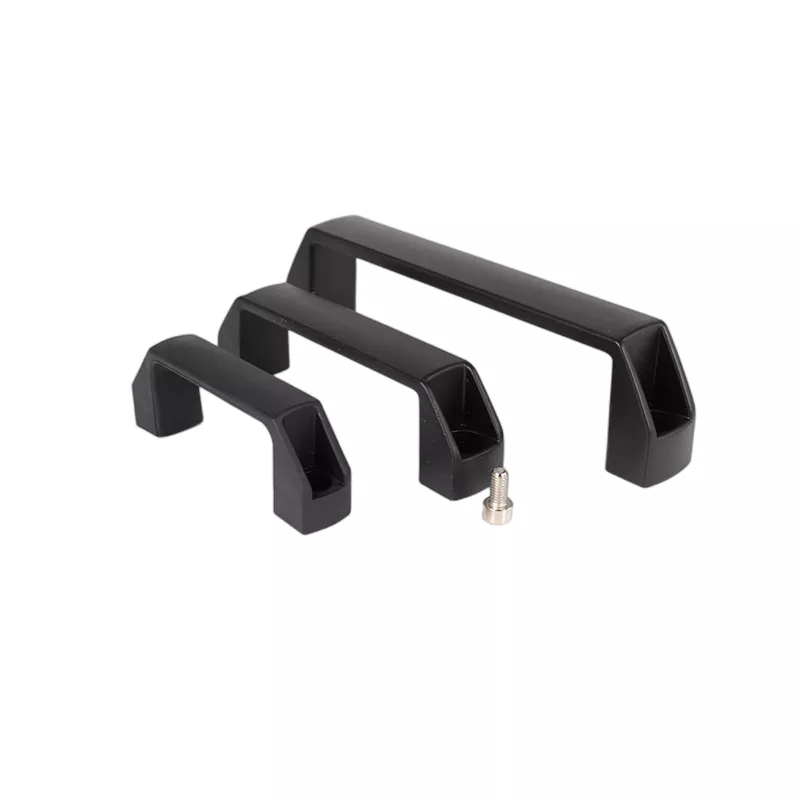 Enhance Functionality with Durable and Versatile Black Nylon Handles
Enhance Functionality with Durable and Versatile Black Nylon Handles

